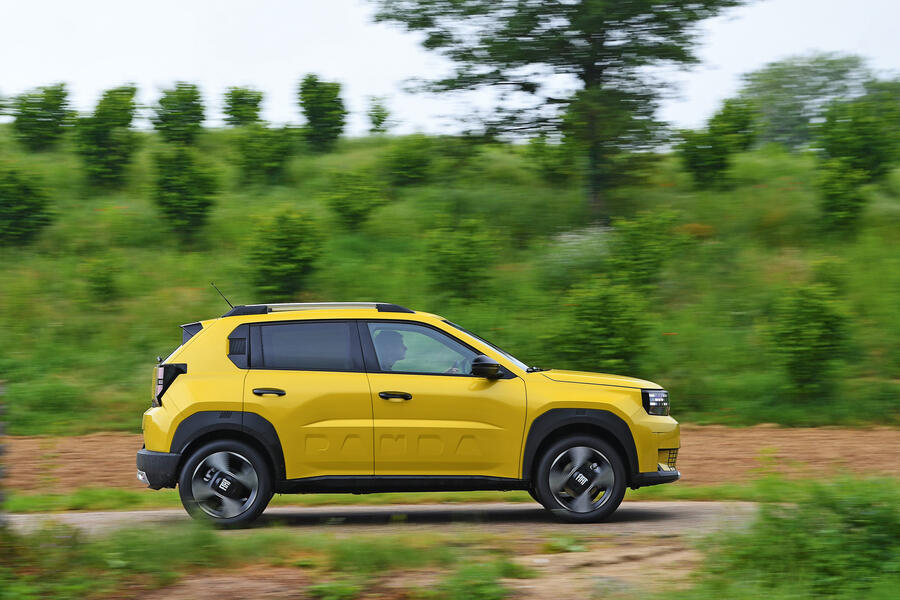
That is some achievement for a budget car, and Leboine admits “it was a big fight”, although he notes that “everything” was a fight: “We had to push for the lowest cost possible, but we had to defend what we thought was necessary to make this a Grande Panda.”
Given that it has no function beyond style, the stamped bodywork was, admits Leboine, “hard to justify”, but he says “it was so much part of the original car’s philosophy we felt it made the personality of the vehicle”.
But even with management approval, the factory was initially unable to do the process to the right level of quality. The solution is hidden in plain sight: the design for the Panda lettering was chosen because it could be stamped into the car at the required quality, and it was then turned into the font used for the logo.
“The stamped font is a real industrial design story, which is so Panda in its approach,” says Leboine. “The duty of Fiat is to bring a solution that everybody can afford. That’s why, as an industrial designer, I wanted to come here. It fits my way of seeing things.”
Leboine didn’t start out as an industrial designer. Growing up in Normandy, he first studied fine art and then applied design, before specialising in industrial design at university. That led him to Paris-based design agency MDB, where he spent three years working on projects including Korean TGV trains and trams.